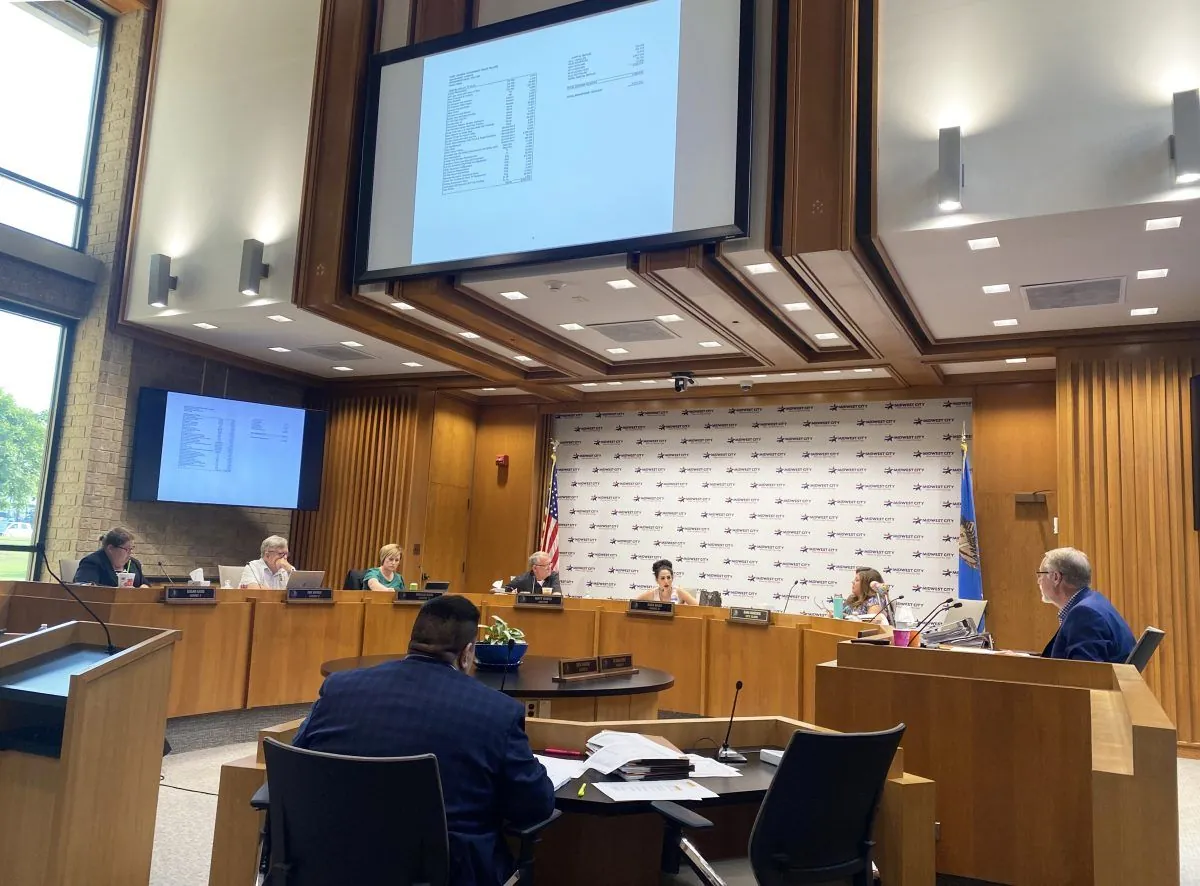Local governments across the United States are facing a critical deadline to allocate their share of $350 billion in COVID-19 relief funds provided by the American Rescue Plan. As the end of 2023 approaches, many municipalities are racing against time to obligate their funds for specific projects or risk returning the unused portion to the U.S. Treasury.
The American Rescue Plan, signed into law by President Joe Biden in March 2021, aimed to provide financial support to local, state, and territorial governments in the wake of the pandemic. However, the implementation of these funds has been met with varying degrees of success and challenges across different localities.
According to data reported to the Treasury in March 2024, approximately 80% of the total funds had been obligated. While this figure suggests overall progress, a closer look reveals significant disparities among different governments. About one in five reported obligating less than half their funds, with around 3,500 having committed less than 25%.
The suburb of Gilbert, Arizona, exemplifies some of the challenges faced by local governments. Despite receiving $24 million in federal aid, the town has only obligated one-quarter of its funds. However, Gilbert officials remain optimistic, planning to devote most of their allocation to a $43 million facility for victims of sexual assault, child abuse, and domestic violence.
Assistant Town Manager Leah Rhineheimer emphasized the project's significance, stating:
"comprehensive wrap-around center where a victim of interpersonal violence can come and undergo a really safe and healing journey"
This initiative highlights how some localities are using the funds to address long-standing community needs that predate the pandemic.
Other cities, like Dearborn Heights, Michigan, have faced administrative challenges in allocating their funds. Mayor Bill Bazzi cited the complexities of simultaneously understanding the city's needs and assembling staff to manage the funds as reasons for the delay.
As the deadline looms, some states are implementing backup plans to ensure full utilization of their allocations. Missouri, for instance, has revised its spending plan, reallocating funds from projects that seem unlikely to materialize. The state has also budgeted $150 million for K-12 public schools as a contingency measure.
The approach to using these funds has sparked debate among lawmakers. While some, like Missouri Senate Appropriations Committee Chairman Lincoln Hough, advocate for investing in communities and future workforce, others, such as Freedom Caucus Chairman Rick Brattin, express concerns about contributing to federal debt and inflation.
In Connecticut, the state government has reallocated $365 million to new purposes and established a backup plan for any funds that appear unlikely to be obligated by October 15, 2024. This proactive approach aims to address potential budget shortfalls and support higher education.
New Orleans has made significant progress in recent months, increasing its obligation rate from 55% in spring to 86% by September 2024. The city has shifted funds to address pressing issues such as homelessness and illegal dumping, demonstrating the flexibility required in fund allocation.
As the deadline approaches, the utilization of these funds continues to be a topic of debate and scrutiny. While some critics argue that certain allocations may be unnecessary or wasteful, many local officials view the American Rescue Plan as an opportunity to address long-standing community needs and invest in critical infrastructure projects.
The coming months will be crucial for local governments as they work to finalize their spending plans and ensure that they make the most of this unprecedented federal aid package. The outcomes of these efforts will likely have lasting impacts on communities across the United States, shaping local development and services for years to come.
